The 7 Best Pore Strips, According to Dermatologists and Editors
Satisfying, for sure. But do they work?


I’m the first to admit there is something oddly satisfying about blackhead-removing pore strips. I’ve spent my fair share of hours staring at little black dots on sticky adhesives. But though the best pore strips have come a very, very long way over the past few years (there are newly-launched hydrocolloid options and ones infused with acne-fighting ingredients), it’s important to know that pores strips aren’t really going to treat your acne in the long-term. “I like to think of pore strips as blackhead Band-Aids,” says board-certified dermatologist and founder of GlamDerm Dr. Lian Mack. “They work in a very transient way to improve the appearance of pores.”
While the adhesive will effectively peel away dead skin cells and debris and make a clogged-up T-zone look clearer in the here and now, using pore strips is not a long-term solution to fight acne—you’ll need a solid skincare routine designed to treat acne. That said, if you’re in a pinch and need a quick, blackhead-busting fix, we’ve taken the liberty of rounding up the best pore strips out there.
What to Look For in a Pore Strip
A simple sticky adhesive isn’t going to get you all too far. The good news: Pore strips have come a long way over the past couple of years. Now, some of the best pore strips are made with a hydrocolloid dressing, which gently draw out impurities, or are infused with acne-fighting ingredients like salicylic acid. “Consider purchasing a pore strip with clay or charcoal in it,” advises Dr. Mack. “They help to absorb dirt and reduce excess sebum or oil production.”
Who Pore Strips Are Good For
Anyone with oily skin or a blackhead-ridden complexion may want to use a pore strip and that’s all well and good. Well, well and good with a few caveats. You’re going to want to steer clear if you’re using a retinoid. “Vitamin A, like retinol or Isotretinoin, increases the fragility of the skin and when a pore strip is applied, it may result in an inadvertent removal of a very superficial layer of the epidermis, resulting in irritation,” explains Dr. Mack.
The same logic holds true for those with sensitive skin or adhesive allergies. “Pore strips may cause irritation and abrasion of the skin when removed, so anyone with sensitive skin or a known allergy to adhesives should not use them,” urges board-certified dermatologist Dr. Viktoryia Kazlouskaya. You may end up with allergic contact dermatitis.
The Downside of Pore Strips
While pore strips will remove dead skin cells and compacted oil in the moment, they’re by no means addressing the core of the problem. “They don’t help with cellular turnover and they do not work to reduce oil or sebum protection that cause acne,” explains Dr. Mack. “For this reason, pore strips do not effectively replace traditional acne-fighting ingredients like retinoids, benzoyl peroxide, and salicylic acid.”
The Best Pore Strips
- The Best Hydrocolloid Pore Strip: Hero Cosmetics Mighty Nose Patch
- The Best Pore Strip for Oily Skin: Peace Out Oil-Absorbing Pore Treatment Strips
- The Best Non-Irritating Pore Strip: Starface Lift Off Pore Strips
- The Best Pore Strip System: Rael Miracle Patch 3-Step Pore Melting Pack
- The Best Wash-Off Pore Strip: Neutrogena Blackhead Eliminating Strip to Scrub
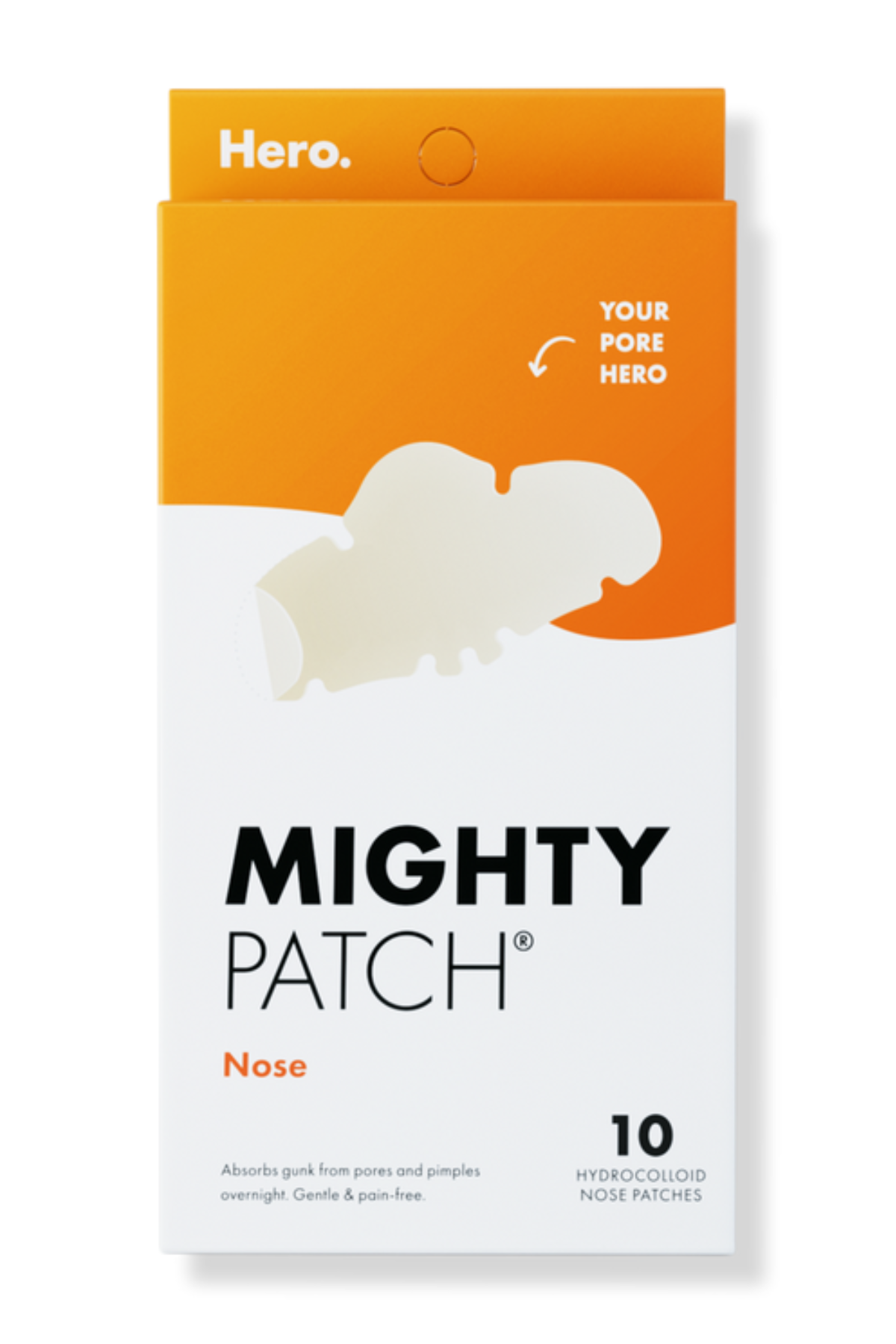
“Unlike older pore strips, this product contains a medical grade hydrocolloid patch instead of a stripping adhesive,” explains Dr. Mack. “The hydrocolloid patch is effective while reducing the risk of irritation and over drying.” Just pop it on before you go to sleep (it has cutouts to comfortably fit your nose contours) and let the dressing work its magic. All the gunk and oil will get trapped on the adhesive and turn white by morning. By the time you peel off the strip, your nose will look unquestionably clearer.
Pros: Derm-approved; Hydrocolloid dressing
Cons: Some say it doesn’t stick
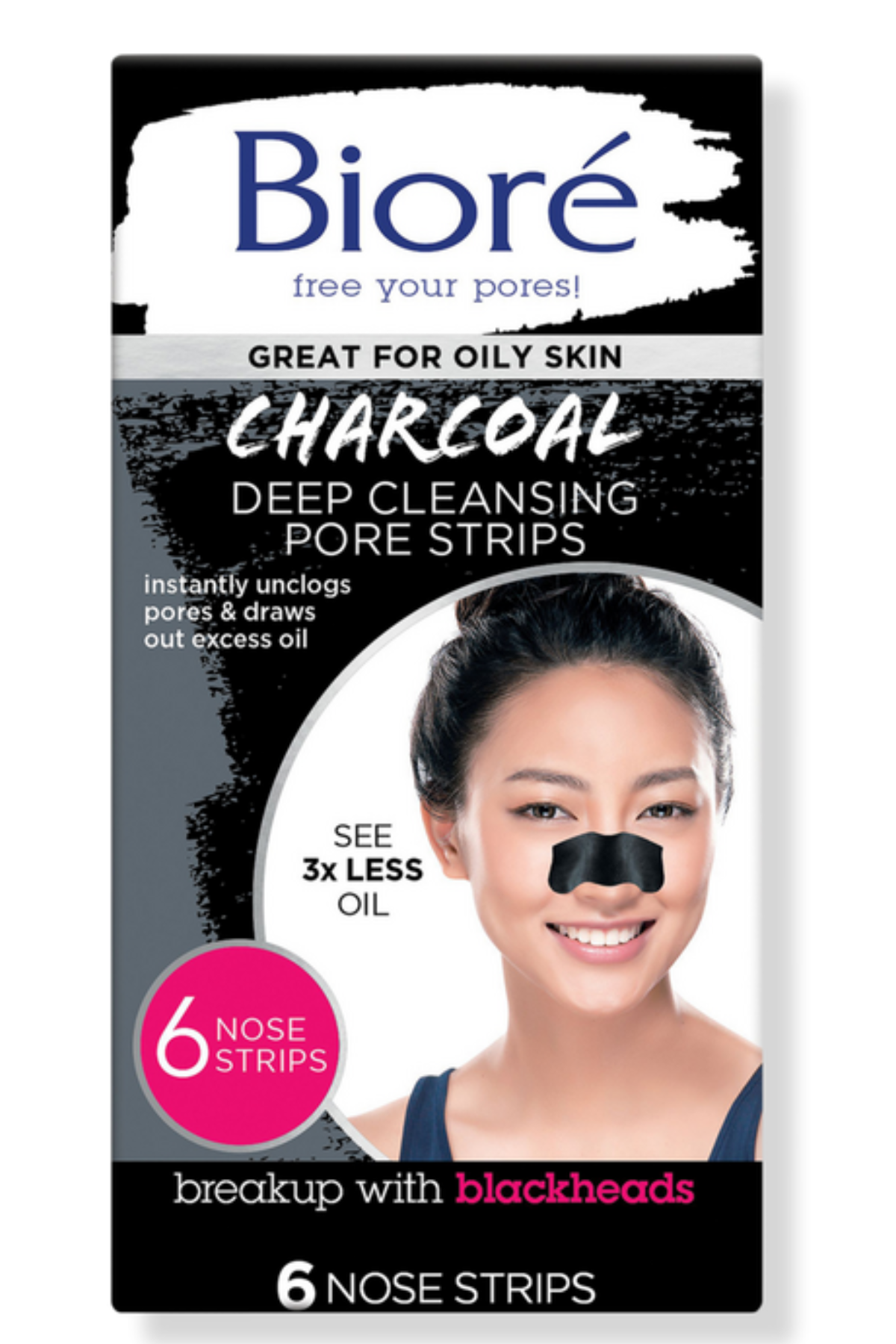
While Bioré has a variety of strips, Dr. Kazlouskaya recommends these in particular. Why, you ask? Instead of being another average pore strip, they’re fortified with charcoal, which attracts impurities and excess oil. Think of it like a very targeted, nose-only face mask that soaks out blackheads. We warn you though: Application here is a little different. Instead of just sticking on the strip, you’ll need to wet your nose and apply pressure until the strip feels secure. Then just wait a good 15 minutes and you’ll be all set.
Pros: Derm-approved; Infused with charcoal
Cons: Some say it’s irritating and drying

Ok, so I know we said not to use a pore strip if you’re using a retinol. And while that remains true, this little guy is the exception to the rule. The overnight, hydrocolloid treatment is actually infused with the vitamin A derivative. Once all the oil is soaked up (it takes a good four to six hours), the retinol kicks in to minimize the look of large pores. Think of it like a two-in-one. That said, this should not be used in tandem with a separate retinol product and can be irritating.
Pros: Contains retinol; Hydrocolloid dress; Comes in multiple shapes
Cons: Some say it’s irritating and drying; Expensive

While you should always consult with your dermatologist if you’re concerned about irritation, these super cute strips are definitely one of the gentlest options on the market. Don’t get me wrong, they contain astringents like witch hazel and alcohol—it’s not an overtly moisturizing product. But the inclusion of aloe vera and glycerin does ensure that a bit of hydration is restored to the skin during the pore unclogging process. This option requires a wet nose and is a 10 to 15 minute treatment.
Pros: Includes hydrating ingredients; Affordable
Cons: Some say they’re hard to stick on
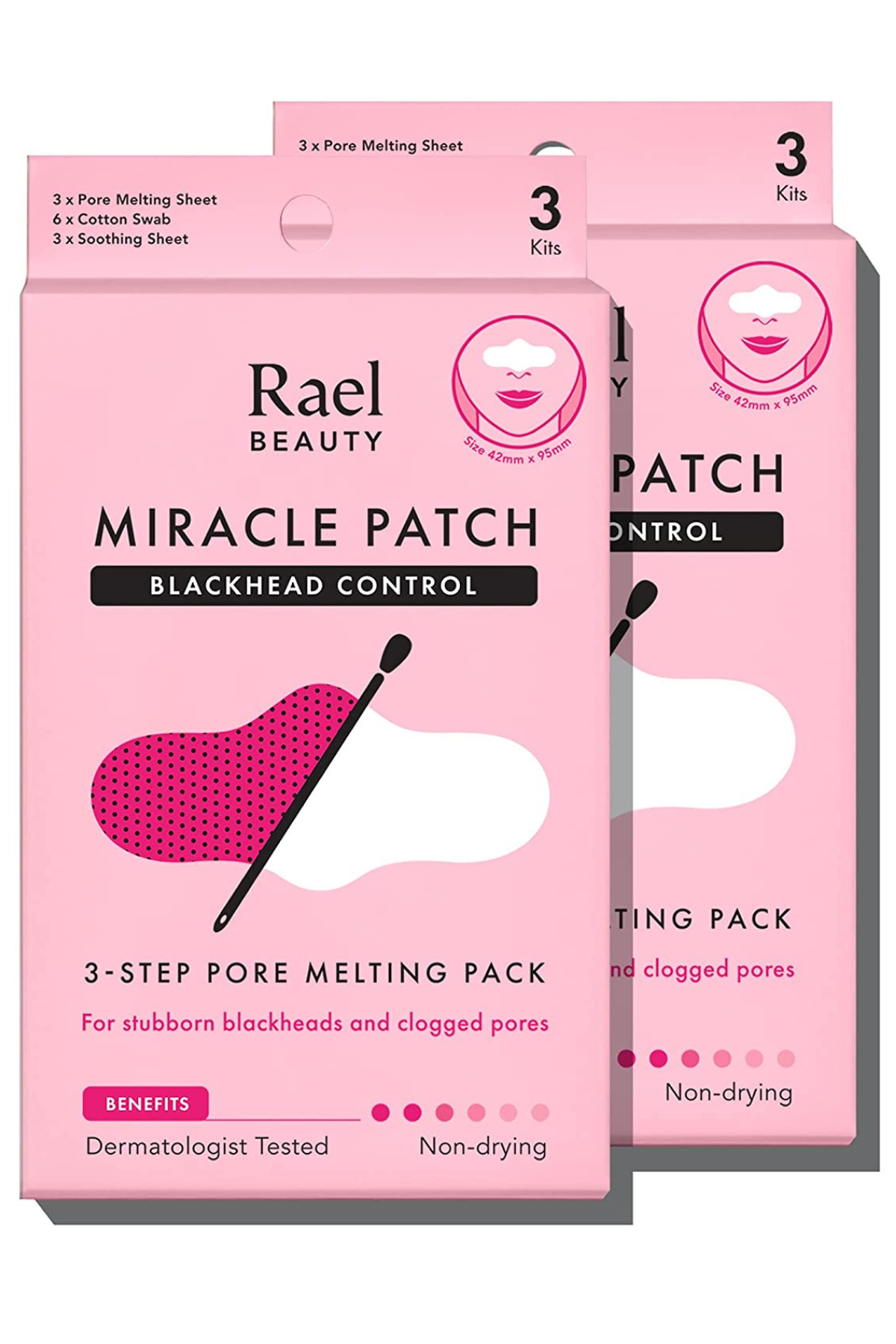
Because pore strips can, well, strip the skin of good oil, Rael decided to create a multi-step system that restores hydration. The first patch uses soothing and anti-inflammatory ingredients like peppermint and jeju mugwort extract, along with exfoliating ingredients like witch hazel and glycolic acid to gently remove blackheads. Once that’s worked its magic, you clean the area with pre-provided cotton swabs. Last, but certainly not least, comes a soothing sheet, which restores hydration and calms the area. The whole shebang will take you about 30 minutes to complete, but rest assured it’s one of the best options out there.
Pros: Effective; Soothing
Cons: Complicated process; Expensive
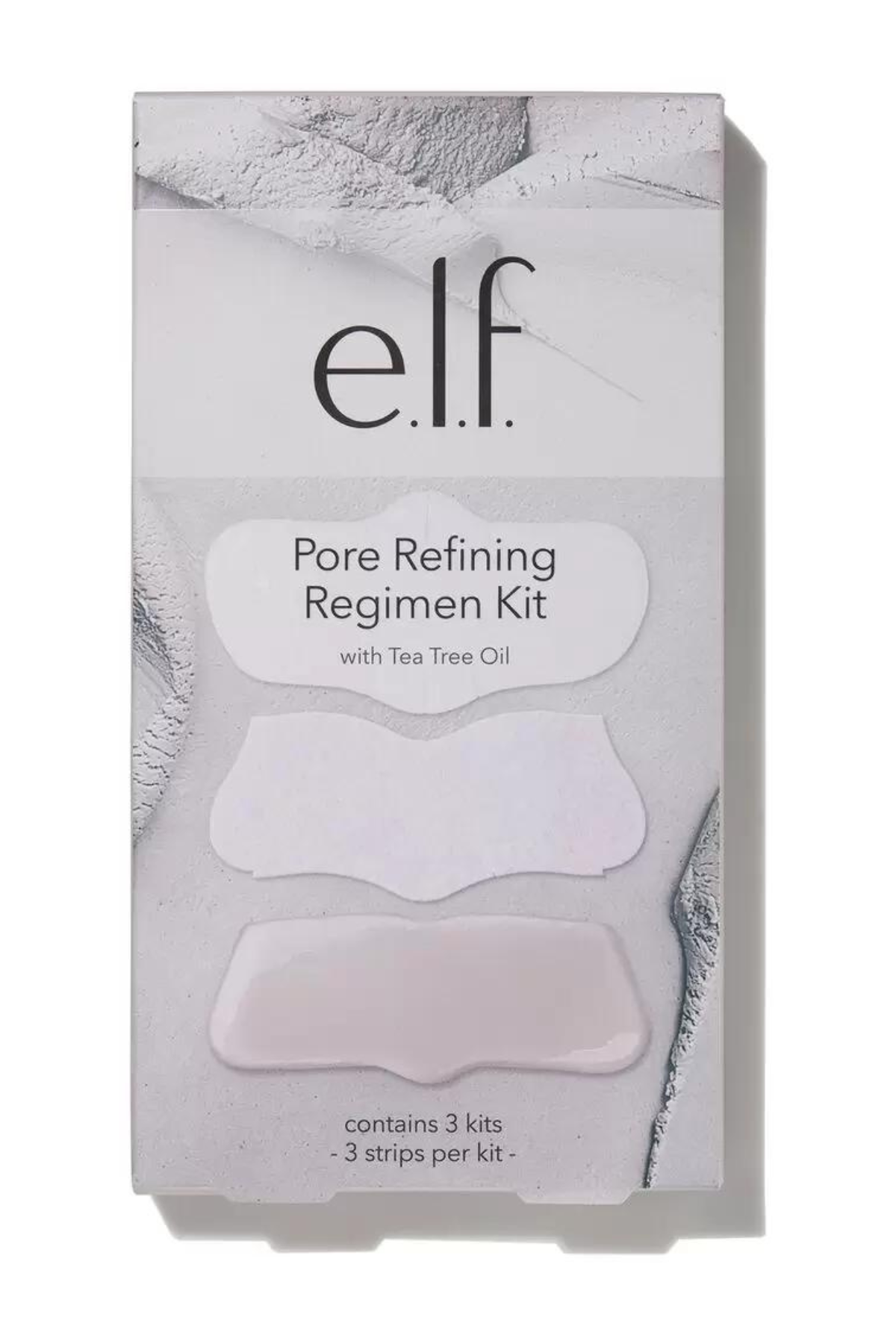
Another three-step system coming at you. This option by e.l.f. aims to prep, extract, and treat your pores. The first strip is going to get your nose ready to go by softening the area. The second strip is your good ol'-fashioned pore strip that will pull away dead skin cells and debris. The really exciting stuff happens in strip three though. It’s infused with loads of acne-fighting and anti-inflammatory ingredients, including green tea, tea tree oil, and charcoal.
Pros: Includes acne-fighting ingredients; Affordable
Cons: Second strip might be irritating

The pulling and tugging associated with traditional pore strips? Yea, that’s not really a thing with this innovative design. Instead of ripping this strip off, all you have to do is splash some water on it. With a little H20, it will completely dissolve into a blackhead-fighting scrub fortified with salicylic acid. As a result, you’ll actually be treating your pores—not just slapping on a quick fix.
Pros: No-tugging; Includes salicylic acid
Cons: Drying for some; Doesn’t give satisfaction of pore strip
Meet the Dermatologists

Lian Mack, MD is a board certified dermatologist committed to excellence in comprehensive dermatological care. She holds a special interest in skin conditions as it applies to skin of color, as well as all aspects of aesthetic enhancements including neurotoxins, injectable fillers, and laser treatments. She has achieved a Master Injector Certification from Allergan, the largest makers of dermal fillers and Botox. Dr. Mack graduated magna cum laude from Columbia University, Columbia College in the City of New York. She continued her postgraduate studies at Weill Cornell Medical College, during which she did a one-year research fellowship in melanoma research at the NYU School of Medicine. After a one-year internship at New York Hospital, she went on to complete her residency in Dermatology at St. Luke’s – Roosevelt Hospital Center where she served as Chief resident during her final year. Prior to GlamDerm, Dr. Mack worked in Chelsea alongside her mentor Dr. Michael Eidelman. Currently, she volunteers as an Assistant Professor of Clinical Dermatology at Mt. Sinai Medical Center. Dr. Mack has authored numerous peer reviewed journal articles and book chapters. She is a fellow of the American Academy of Dermatology, and a member of several professional societies including the American Society for Dermatologic Surgery, and has actively served as a member and on the board of the Women’s Dermatologic Society.

Viktoryia Kazlouskaya, MD, PhD, is certified in dermatopathology and dermatology by the American Board of Dermatology. She practices at University of Pittsburgh Physicians, Department of Dermatology, Division of Dermatopathology and is affiliated with UPMC Presbyterian, UPMC Altoona, UPMC Shadyside, and UPMC Magee-Womens Hospital. She completed her medical degree and residency at Vitebsk State Medical University, followed by a residency at SUNY Downstate Medical Center and a fellowship at University of Pittsburgh School of Medicine.
Stay In The Know
Get exclusive access to fashion and beauty trends, hot-off-the-press celebrity news, and more.

Samantha Holender is the Senior Beauty Editor at Marie Claire, where she reports on the best new launches, dives into the science behind skincare, and shares the breakdown on the latest and greatest trends in the beauty space. She's studied up on every ingredient you'll find on INCI list and is constantly in search of the world's glowiest makeup products. She's constantly tracking the biggest nail and hair trends to pop up in the beauty space, going backstage during fashion weeks, tracking celebrity looks, and constantly talking to celebrity hair stylists, nail artists, and makeup artists. Prior to joining the team, she worked as Us Weekly’s Beauty and Style Editor, where she stayed on the pulse of pop culture and broke down celebrity beauty routines, hair transformations, and red carpet looks. Her words have also appeared on Popsugar, Makeup.com, Skincare.com, Delish.com, and Philadelphia Wedding. Samantha also serves as a board member for the American Society of Magazine Editors (ASME). She first joined the organization in 2018, when she worked as an editorial intern at Food Network Magazine and Pioneer Woman Magazine. Samantha has a degree in Journalism and Mass Communications from The George Washington University’s School of Media and Public Affairs. While at GWU, she was a founding member of the school’s HerCampus chapter and served as its President for four years. When she’s not deep in the beauty closet or swatching eyeshadows, you can find her obsessing over Real Housewives and all things Bravo. Keep up with her on Instagram @samholender.
-
 James Middleton Shares Why He Was "Breathless and Flustered" During Meeting With Queen Elizabeth
James Middleton Shares Why He Was "Breathless and Flustered" During Meeting With Queen Elizabeth"I heard a snort of laughter and looked past the Queen to see everyone in the room stifling their giggles."
By Kristin Contino
-
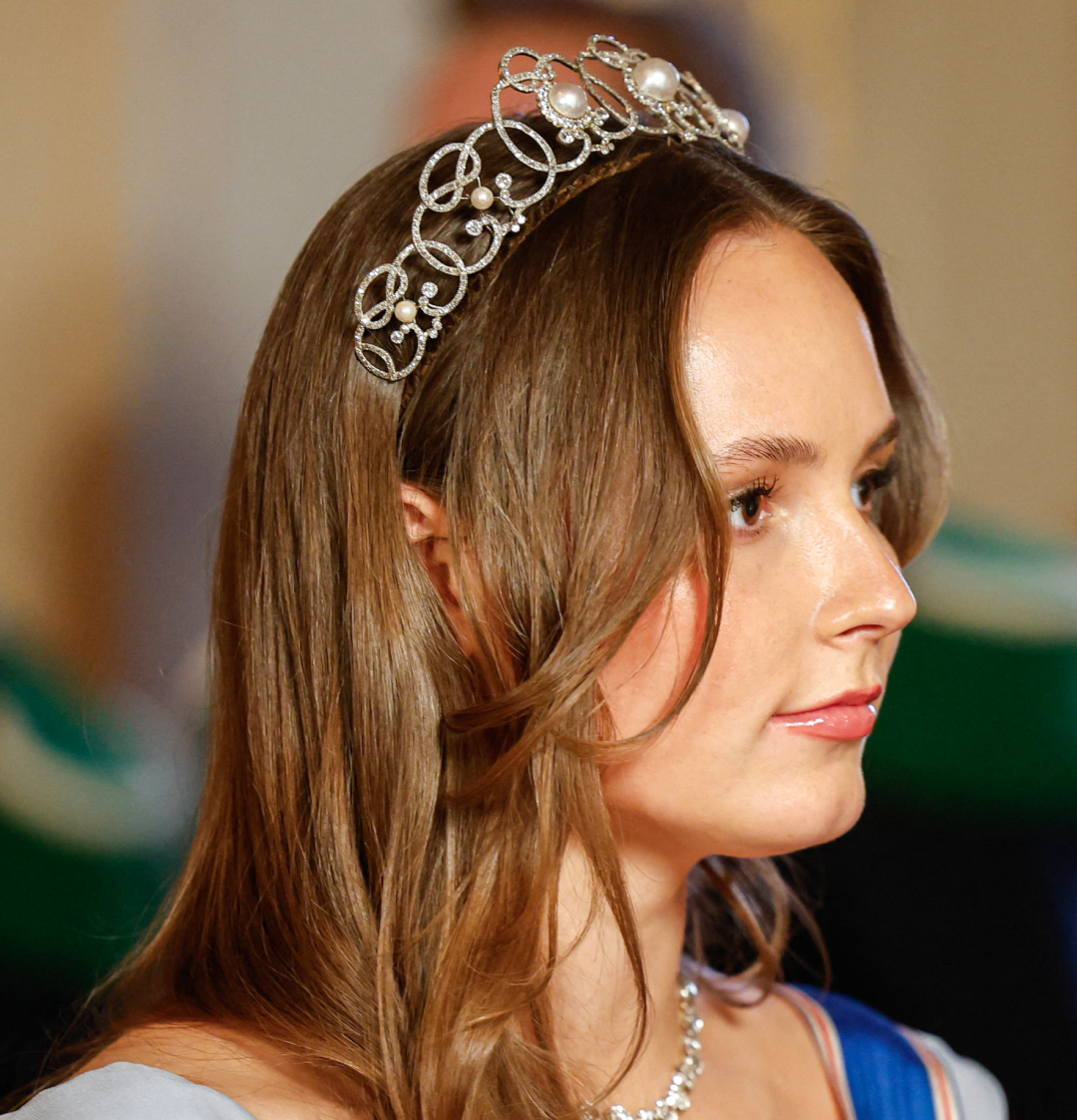 This Modern Princess Will Break a 600-Year-Old Tradition When She Takes the Throne
This Modern Princess Will Break a 600-Year-Old Tradition When She Takes the ThronePrincess Ingrid Alexandra of Norway will follow in a long-ago ruler's footsteps.
By Kristin Contino
-
 Hailey Bieber's "Favorite Jacket" Is Actually One She Designed
Hailey Bieber's "Favorite Jacket" Is Actually One She DesignedIt's a piece for husband Justin Bieber's new brand.
By Halie LeSavage